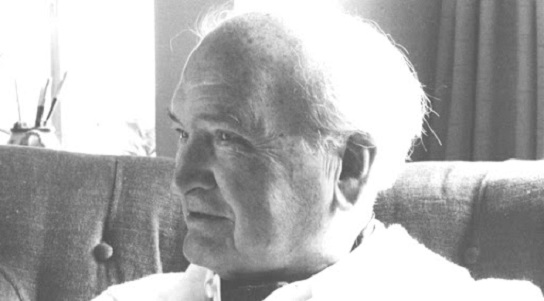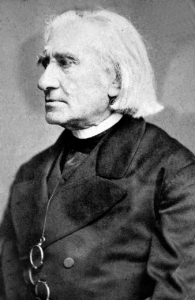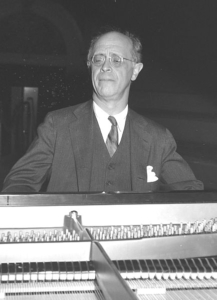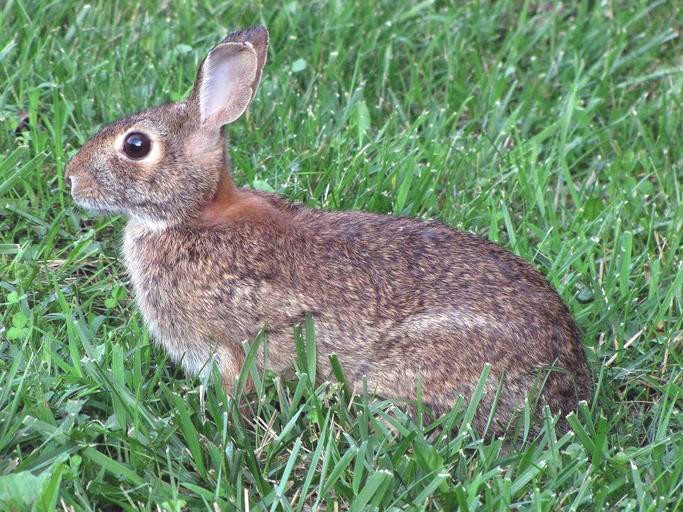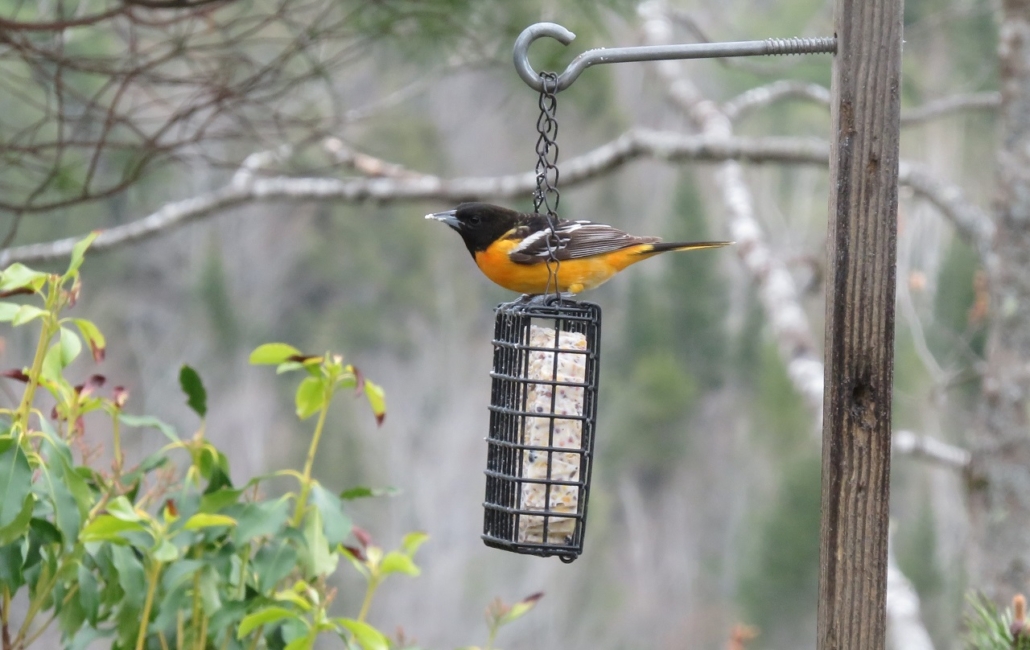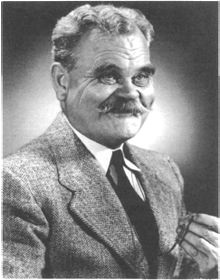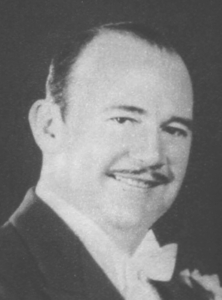I’M JUST CURIOUS: My latest lesson
 by Debbie Walker
by Debbie Walker
Yes, that’s right. I am going to pass along my latest lesson. I hope you will forgive me if it, in no way, is of use to you, but it goes like this: Last Thursday I was driving down a busy road and I heard a noise. It was my phone. Somehow my phone picked out and dialed a number. Fortunately, I saw the name on the screen before he answered so I didn’t look completely foolish, not knowing who “I” called.
The number belonged to my friend of many, many years. Truthfully, as near as I can figure, it’s about 46 years. George and his wife, at the time, were my daughter’s first teachers, pre-kindergarten.
Over these past 46 years we have always stayed in touch. We have traveled together, my family followed George and his family in moving to Florida, also.
We have been there for each other’s good times, especially for the worst times, when we really needed non-judgmental caring support.
What I didn’t explain was when I spoke to George that day he told me he was in the hospital thanks to Covid. We had stories we laughed about. Our conversation was just like so many we have had in the past. The only thing different was the Covid factor.
About 24 hours later I got one of the saddest calls ever. George had died. All that made him George was gone, left this world. His heart gave out. No one has a kinder, gentler heart than George. Now this world is missing that big, loving, caring heart that was there for 36 years of high school students.
There will be a celebration of life for him this weekend. Sadly, I have to opt out of going. I have tried to ignore this Covid mess, but I can’t attend. In my world there are three ladies, 81 years old, 87 years old and 90 years old. I spend a lot of time with them, and I don’t want to be responsible for causing them to worry.
One thing I didn’t expect was this has been an eye opener, the reality of life and in this case, death. In years past we would go home to Maine to visit and one year we lost a family member, a grandparent. Later it became aunts and uncles and parents, even a brother. And all the while daily life goes on, school, jobs, bills, etc.
Since George passed, I have wanted to gather all my friends and family to tell them how much I love them and even thought about begging not to ever leave. Short of that I guess all I can do is let them know I love them.
Before you have to say goodbye to someone be sure to tell them now. It will never seem enough but at least it will be said. Talk about real stuff, don’t text, meet in person whenever you can. I know we spoke of love often, George and my family.
Don’t get down in the dumps after reading this, just get busy. “I love you.” Just three important words, when you mean them, say them.
I’m just curious if you have found anything interesting in this column. If you want to share anything I am ready to read. Send your words to DebbieWalker@townline.org.
Thank you for reading. Have a great week.


